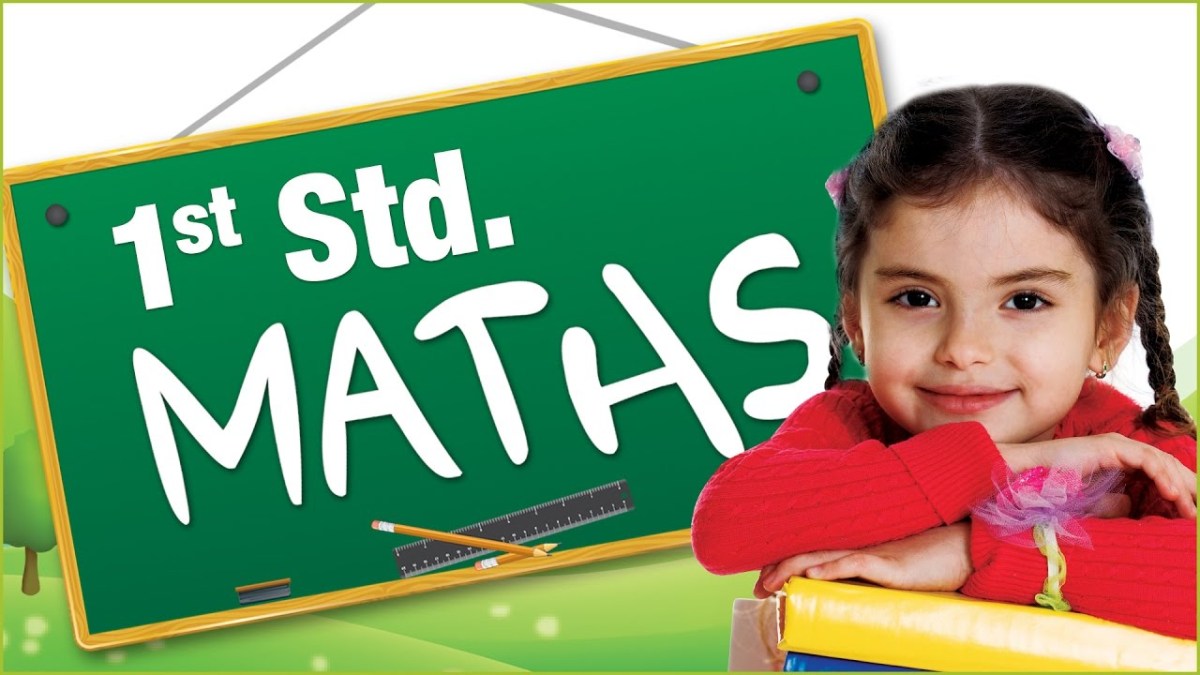Here is a list of all of the maths skills students learn in class X! These skills are organized into categories.
Numbers
A.2Convert between decimals and fractions
A.3Identify rational and irrational numbers
A.4Compare and order rational numbers
Operations
B.1Add, subtract, multiply and divide integers
B.2Evaluate numerical expressions involving integers
B.3Evaluate variable expressions involving integers
B.4Add and subtract rational numbers
B.5Multiply and divide rational numbers
B.6Evaluate numerical expressions involving rational numbers
B.7Evaluate variable expressions involving rational numbers
Consumer maths
C.3Percent of a number: VAT, discount and more
C.4Find the percent: discount and mark-up
C.5Multi-step problems with percents
Linear equations
D.3Find the slope from two points
D.4Find a missing coordinate using slope
D.5Slope-intercept form: find the slope and y-intercept
D.6Slope-intercept form: graph an equation
D.7Slope-intercept form: write an equation from a graph
D.8Slope-intercept form: write an equation
D.9Slope-intercept form: write an equation from a table
D.10Slope-intercept form: write an equation from a word problem
D.11Write linear equations to solve word problems
D.12Compare linear equations, graphs and tables
D.13Write equations in standard form
D.14Standard form: find x- and y-intercepts
D.15Standard form: graph an equation
D.16Equations of horizontal and vertical lines
D.17Graph a horizontal or vertical line
D.18Slopes of parallel and perpendicular lines
D.19Write an equation for a parallel or perpendicular line
D.20Find the distance between a point and a line
D.21Find the distance between two parallel lines
Pairs of linear equations
E.1Is (x, y) a solution to the pair of equations?
E.2Solve a pair of equations by graphing
E.3Solve a pair of equations by graphing: word problems
E.4Find the number of solutions to a pair of equations by graphing
E.5Find the number of solutions to a pair of equations
E.6Solve a pair of equations using substitution
E.7Solve a pair of equations using substitution: word problems
E.8Solve a pair of equations using elimination
E.9Solve a pair of equations using elimination: word problems
Matrices
F.4Multiply a matrix by a scalar
Arithmetic sequences
G.2Evaluate variable expressions for arithmetic sequences
G.3Write variable expressions for arithmetic sequences
G.4Partial sums of arithmetic series
Polynomials
H.2Model polynomials with algebra tiles
H.3Add and subtract polynomials using algebra tiles
H.4Add and subtract polynomials
H.5Add polynomials to find perimeter
H.6Multiply and divide monomials
H.8Multiply a polynomial by a monomial
H.9Multiply two polynomials using algebra tiles
H.11Multiply two binomials: special cases
Factorising
I.3Factorise quadratics with leading coefficient 1
I.4Factorise quadratics with other leading coefficients
I.5Factorise quadratics: special cases
I.6Factorise quadratics using algebra tiles
Quadratic equations
J.1Characteristics of quadratic equations
J.2Complete a table: quadratic equations
J.3Solve a quadratic equation using square roots
J.4Solve a quadratic equation using the zero product property
J.5Solve a quadratic equation by factorising
J.7Solve a quadratic equation by completing the square
J.8Solve a quadratic equation using the quadratic formula
J.10Graph a quadratic equation
J.11Match quadratic functions and graphs
Rational expressions
K.2Simplify rational expressions
K.3Multiply and divide rational expressions
K.5Add and subtract rational expressions
Points, lines and segments
L.1Lines, line segments and half lines
L.2Lengths of segments on number lines
L.3Additive property of length
L.6Perpendicular Bisector Theorem
Two-dimensional figures
M.3Area of triangles and quadrilaterals
M.4Area and perimeter in the coordinate plane I
M.5Area and perimeter in the coordinate plane II
M.6Area and circumference of circles
M.9Area and perimeter of similar figures
Transformations
N.1Translations: find the coordinates
N.2Reflections: find the coordinates
N.3Rotations: find the coordinates
N.5Compositions of congruence transformations: graph the image
N.6Transformations that carry a polygon onto itself
N.8Dilations: find the coordinates
N.9Dilations: scale factor and classification
N.10Dilations and parallel lines
Triangles
O.5Identify medians, altitudes, angle bisectors and perpendicular bisectors
O.6Angle-side relationships in triangles
O.7Triangle Inequality Theorem
Similarity
P.4Side lengths and angle measures in similar figures
P.5Similar triangles and indirect measurement
P.6Perimeters of similar figures
P.7Similarity rules for triangles
P.8Similar triangles and similarity transformations
Right triangles
Q.2Converse of Pythagoras’ theorem
Q.3Pythagoras’ Inequality Theorems
Circles
R.5Circle measurements: mixed review
R.8Perimeter of polygons with an inscribed circle
R.10Angles in inscribed right triangles
R.11Angles in inscribed quadrilaterals
Trigonometry
S.1Trigonometric ratios: sin, cos and tan
S.2Trigonometric ratios: csc, sec and cot
S.3Trigonometric functions of complementary angles
S.4Find trigonometric functions of special angles
S.5Find trigonometric functions using a calculator
S.6Inverses of trigonometric functions
S.7Trigonometric ratios: find a side length
S.8Trigonometric ratios: find an angle measure
Surface area and volume
T.1Introduction to surface area and volume
T.2Surface area of prisms and cylinders
T.4Volume of prisms and cylinders
T.6Surface area and volume of spheres
T.7Introduction to similar solids
T.8Surface area and volume of similar solids
T.9Surface area and volume review
Measurement
U.1Convert rates and measurements
U.4Minimum and maximum area and volume
U.6Percent error: area and volume
Problem solving
V.1Consecutive integer problems
V.2Rate of travel: word problems
V.3Weighted averages: word problems
V.4Exponential growth and decay: word problems
Logic
W.1Identify hypotheses and conclusions
W.7Converses, inverses and contrapositives
Probability
X.3Compound events: find the number of outcomes
X.4Identify independent and dependent events
X.5Probability of independent and dependent events
Statistics
Y.1Mean, median, mode and range
Data and graphs
Z.3Interpret stem-and-leaf plots
Constructions
AA.1Construct a tangent line to a circle
AA.2Construct an equilateral triangle inscribed in a circle
AA.3Construct a regular hexagon inscribed in a circle
AA.4Construct the circumcenter or incenter of a triangle
AA.5Construct the inscribed or circumscribed circle of a triangle









